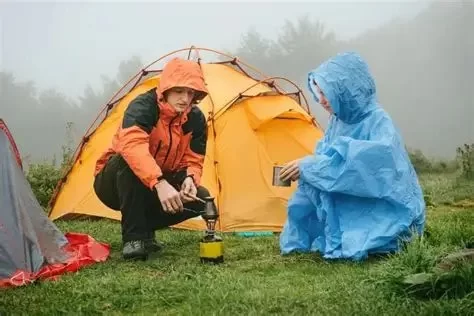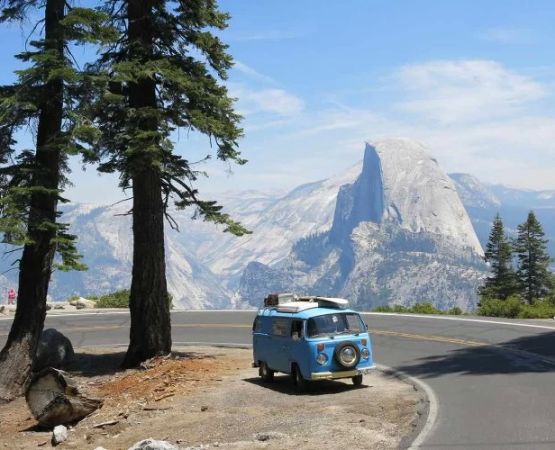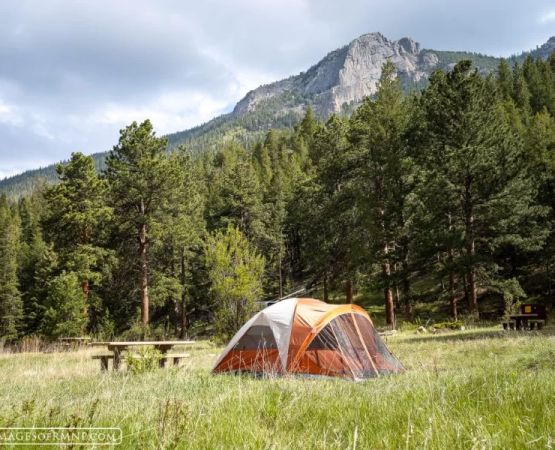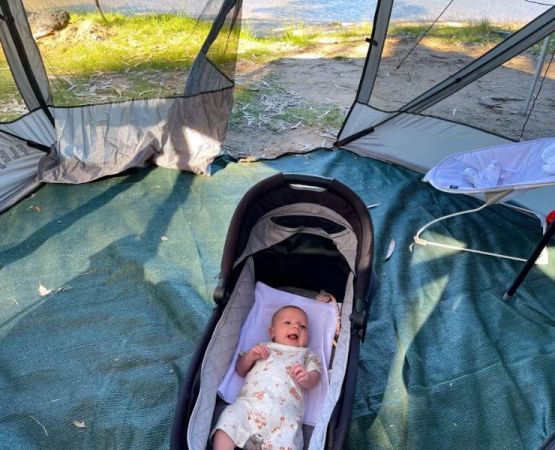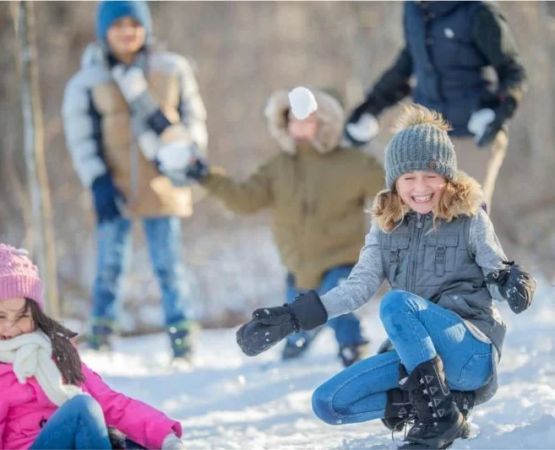- 1 - Understanding the Risk of Earthquakes While Camping
- 2 - Choosing a Safe Spot for Your Tent
- 3 - Emergency Supplies You Should Always Pack
- 4 - What to Do During the Earthquake
- 5 - Staying Safe After the Earthquake
- 6 - Real-Life Experiences and Lessons Learned
1 - Understanding the Risk of Earthquakes While Camping
Camping in earthquake-prone areas, such as parts of California or the Pacific Northwest, means you must prepare for sudden seismic activity. Unlike being indoors, tent camping exposes you directly to natural hazards like falling rocks, landslides, or unstable ground. Knowing the risks before heading out allows you to choose the right gear and take precautionary steps that could make a big difference in your safety.
2 - Choosing a Safe Spot for Your Tent
The location of your tent can be the most critical decision when preparing for an earthquake outdoors. Avoid camping near cliffs, steep slopes, or areas with loose rocks that could tumble during tremors. Flat, open ground away from tall trees is ideal. Many campers at Pine Cliff Resort choose designated safe camping zones because they are designed with both scenic beauty and natural safety in mind.
3 - Emergency Supplies You Should Always Pack
Preparedness begins with the right equipment. Essential earthquake supplies for campers include a first aid kit, extra water, portable food, flashlights, backup batteries, and a whistle for signaling if trapped. A portable radio is also recommended for receiving emergency updates. One practical tip is to store these items in a waterproof, easy-to-carry bag so you can grab it quickly if you need to evacuate.
4 - What to Do During the Earthquake
If an earthquake strikes while you are inside your tent, remain calm and stay low to the ground. Protect your head and neck with your arms or a backpack. Do not attempt to run to another location during shaking—it’s safer to wait it out. If camping with family or friends, establish a meeting point ahead of time to ensure everyone knows where to regroup afterward.
5 - Staying Safe After the Earthquake
Once the shaking stops, quickly assess your surroundings. Watch out for aftershocks, which can be just as dangerous as the initial quake. Check for injuries and administer first aid if necessary. Avoid damaged trails, bridges, or unstable slopes. If you are camping in a coastal area, be aware of potential tsunami risks and head to higher ground if warnings are issued. Staying alert and cautious in the aftermath is just as important as your response during the quake.
6 - Real-Life Experiences and Lessons Learned
In recent years, campers in the Sierra Nevada region shared stories of how quick thinking saved them during a 5.8 magnitude quake. One group recalled how choosing a campsite away from rocky cliffs prevented serious injuries when loose rocks tumbled nearby. Another camper emphasized the importance of keeping shoes and a flashlight by the tent door, since sudden darkness and debris made evacuation difficult. These stories highlight how preparation, planning, and calm decision-making can turn a dangerous situation into a manageable one.

